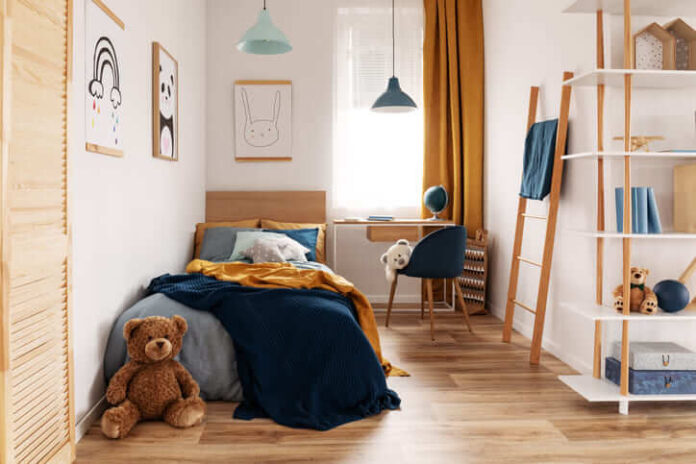Christmas has come and, alas, Christmas has gone. It is easy to feel that January is lulling now the festive season is over but as a teacher or teaching assistant, there are ways to focus students’ minds back on the task at hand.
Young students need invigoration and a well-thought-out classroom can help sharpen and stimulate minds, and create an environment to thrive.
Your classroom is a place to implement your personality, a space to visually display your creativity through the use of banners, charts, and games. Here are some tips to make posters the kids in your classes will love.
Define your poster
A recent study of children in the classroom found that their minds tended to wander or daydream around 25 percent of the time, so maintaining focus is not always easy.
It has been suggested that less is more when it comes to classroom decoration so really think about the visual aspect of any posters on the walls and doors.
Consider also whether they will be hand drawn or printed. The first option can be time-consuming, so going for a cheap printed poster option tends to be a better use of your time and offers more customisable options.
And think hard about the type of content you want to define your poster. What is it you are trying to get across? For example, is it a simple message, or perhaps an acronym for revision methods? Or is it a scientific poster that requires more complex information?
Think about design
It may sound obvious to say it, but the design and layout of your poster are important.
Images and graphs help to visually convey an educational message and can increase interest, but always be mindful of the age and demographic of your class.
Make sure the font is big enough for students to read too. What you want to avoid is children having to lean too close to the post or squint to read the text as this can make them lose interest.
Colours are important too, try to avoid particularly bright colours or colours that clash. Instead, use background and foreground colours that complement each other and allow the text and images on your poster to stand out more.
Placement within your classroom
So, you have your nice, informative, jazzy posters – now it is time to think about where best to place them in the classroom to make sure they have the intended effect.
The decoration is important – younger students may prefer more colourful displays than older children for example.
Also important, though, is the height of your display. To get the attention of the intended audience it needs to be at eye level. If a display is above a child’s head it is easier for them to ignore it, a poster for students should be something they engage with and create talking points.
If, however, the poster is for the information of parents it should be presented in locations where they pick up their children, and at a level where they do not have to crouch down or look too high to read what is on it.
















